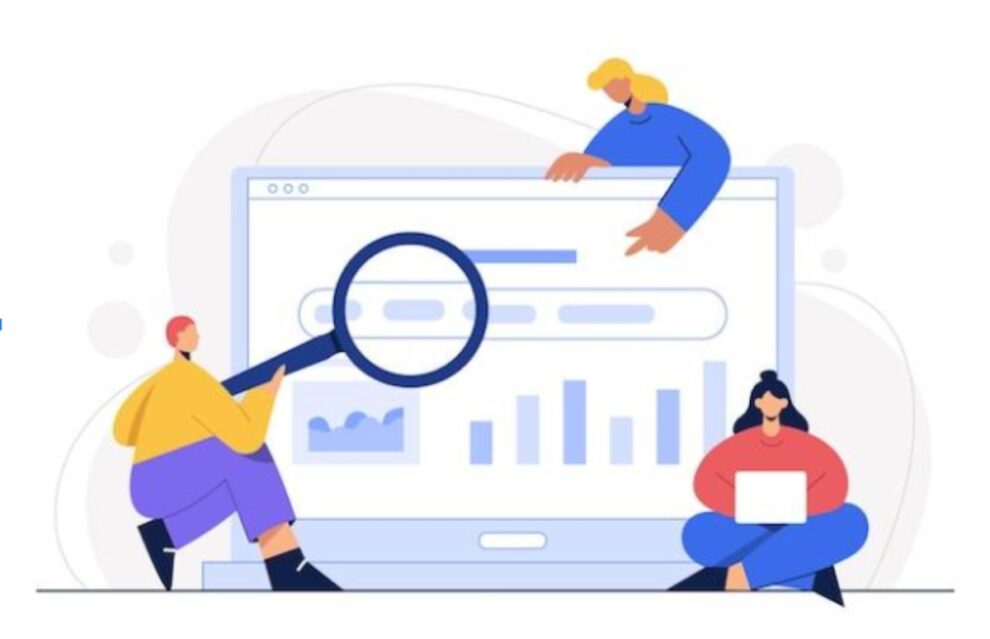Even the best cars break down. The same thing goes for your website. The problem is the consequences of even a few minutes of downtime can be huge. Think of lost revenue, customers, and opportunities.
You can avoid or reduce opportunity costs by monitoring website performance issues. If doing this feels overwhelming or confusing, consider taking advantage of firms that offer load testing services.
But what should you focus on? Here are seven:
1. Monitor Response Times
A response time is the amount of time it takes for a website to load. It’s an essential metric since most users have little patience for slow pages. Some studies even suggest that humans now have an attention span comparable to a goldfish’s!
Further, a slow website doesn’t sit well with search engines. It increases bounce rate, decreases user experience, and makes plenty unhappy. If you’re doing search engine optimization (SEO), you your site might appear lower in search rankings as a result.
2. Check and Fix Broken Links
A broken link is a link on a website that no longer works. It could happen for many reasons:
- The website might have changed the URL.
- The page might have been deleted.
- There might be a typo in the link.
- The website receives an update, but the new version isn’t compatible with the link.
Clicking on a broken link will take users to an error page instead of the intended destination.
While broken links may seem like a minor nuisance, they can actually have a significant impact on website performance. Search engines use these URLs to crawl and index websites, and broken ones can interfere with this process.
In addition, broken links can lead to decreased traffic and conversions. They are frustrating for users since they can’t access the content they want. They also give the impression that your site is outdated and poorly maintained.
3. Improve and Correct Website Codes
A website’s code is what makes it function. It includes everything from the basic HTML structure to more complex scripts written in programming languages like PHP.
If there are errors in the code, it can prevent a website from loading properly. In some cases, it might not load at all! Further, code errors can make a website look unprofessional and could turn off potential customers.
Fortunately, there are some tools you can use to check your website’s code for errors. One option is the W3C Markup Validation Service, which is offered by the World Wide Web Consortium (W3C).
4. Avoid Security Issues
Website security is becoming more and more important as hacking incidents make headlines around the world. A recent report revealed that the number of data breaches increased by a whopping 68% in 2021.
Security problems erode user trust and could lead to legal trouble if hackers steal sensitive information. They also cause website performance issues, such as slow loading times.
There are many types of website security threats, but some of the most common include:
- SQL injection: This is when malicious code is inserted into a database through an input field, such as a contact form. The code can then be used to access or delete data.
- Cross-site scripting (XSS): It happens when a malicious code is injected into a webpage. It can be used to steal information from users or redirect them to another website.
- Denial-of-service (DoS) attacks: This is when someone tries to disable a website by flooding it with traffic. The goal is to make the site unavailable to users.
Another area you shouldn’t overlook is the use of cookies on your website. Although they improve your website experience, they are also huge cyber security risks. Therefore, it’s important to safeguard them to prevent data breaches and hefty fines. As a tip, leverage that Secure attribute or the HttpOnly attribute to prevent hackers from stealing sensitive information. While at it, make it a point to use the Google consent mode, allowing users to decide whether they should allow you access to their information or not. This process also ensures compliance, so keep this in mind.
5. Repair Compatibility Issues
Different devices have different screen sizes, resolutions, and other capabilities. As a result, a website that looks great on one might not look so great on another.
Compatibility issues can cause a number of problems, such as:
- Poor user experience: If users can’t properly view or use your site, they are likely to leave.
- Decreased traffic: A website that isn’t compatible with mobile devices is likely to lose out on a lot of traffic.
- Lost conversions: If potential customers can’t use your website, they can’t buy from you. This could lead to a significant loss in revenue.
6. Optimize Images
Images are an important part of any website. They help break up texts, make pages more visually appealing, and give users a better experience.
However, images can also cause website performance issues if they aren’t properly optimized. Unoptimized images are large files that take longer to load. This can make your website slow and lead to a high bounce rate.
7. Monitor Your Website Regularly
Keep an eye on your website and look for any performance issues. This way, you can identify and fix problems before they cause too much damage.
There are a few different ways to monitor your website. One option is to use Google Analytics. This tool provides insights into your website traffic and can help you identify any issues.
Another option is to use UptimeMonitoring. This service monitors your website and sends you alerts if it goes down.
Conclusion
Website performance is important for many reasons. It can affect your traffic, conversion rate, and even your search engine ranking.
Fortunately, there are steps you can take to improve your website’s performance. These include checking for code errors, optimizing images, and monitoring your site regularly.
Following these tips can help you ensure that your website is running smoothly and providing a good experience for users.

